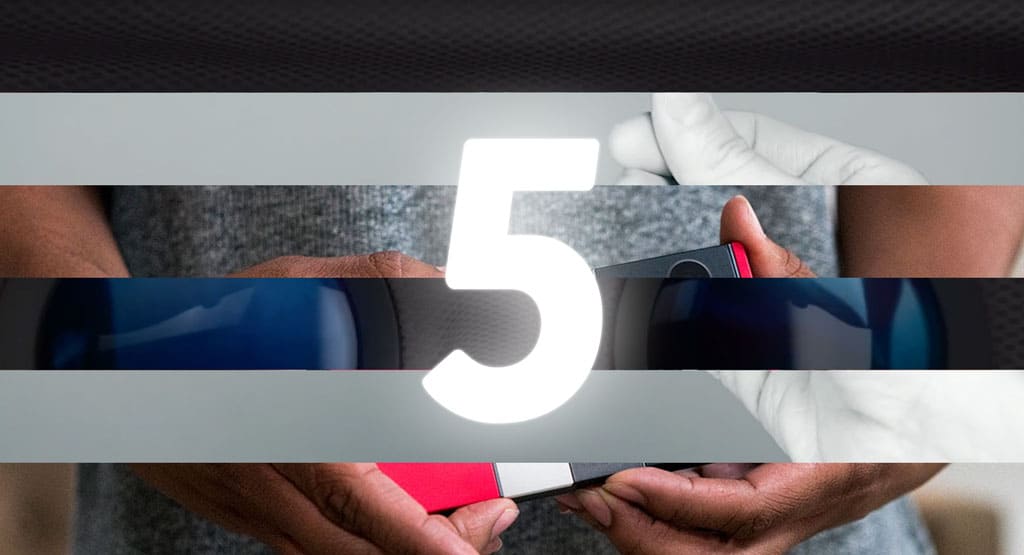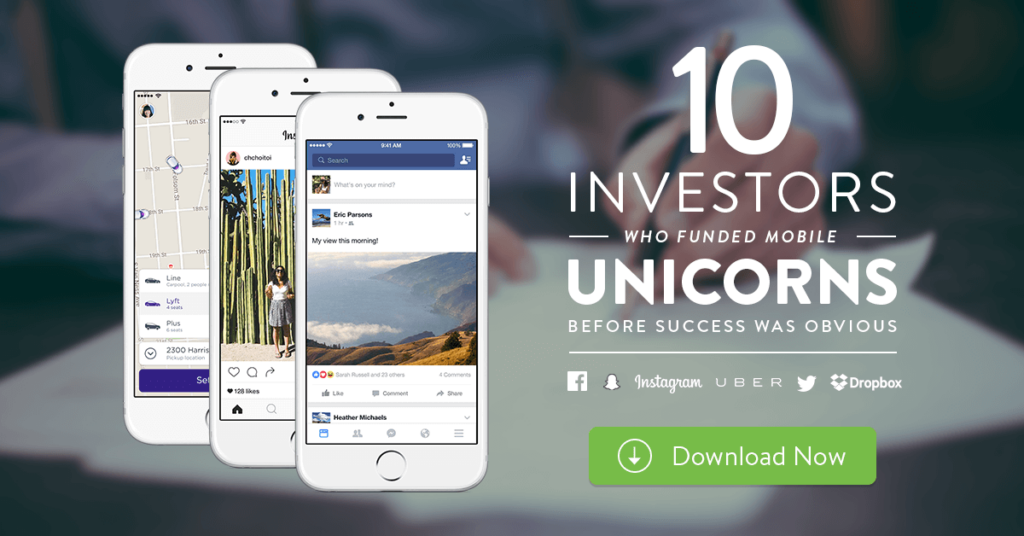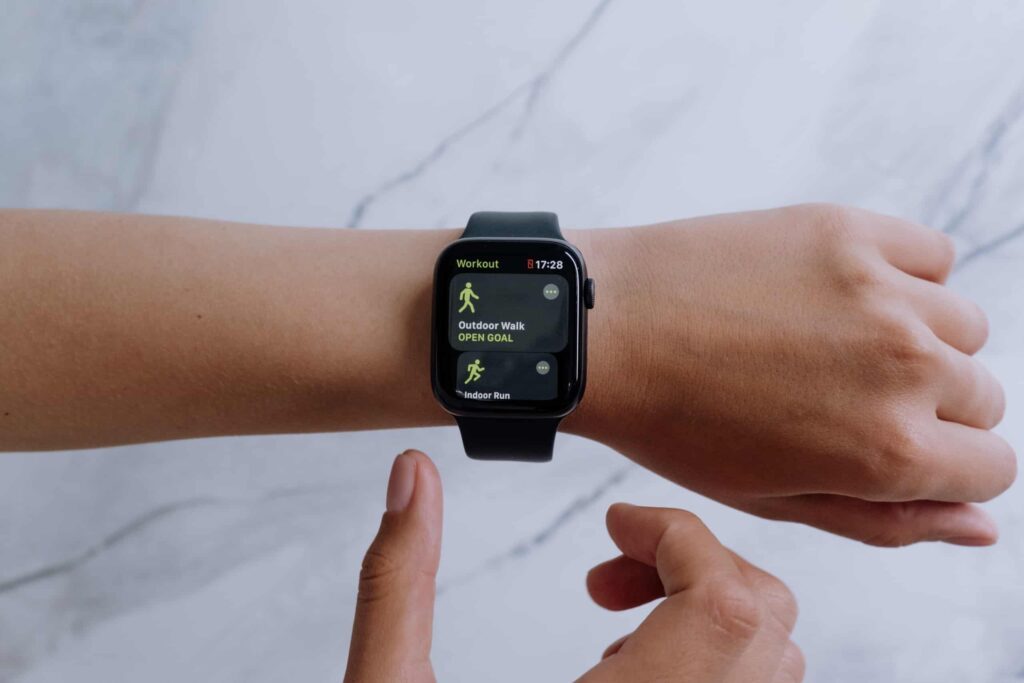By 2020, it’s projected that 5.5 billion people will have mobile devices.
That’s 70 percent of the global population.
Now you might be wondering: What will the world look like when so many people have mobile access? What mobile ideas will change the future? What mobile ideas will arise in the future?
We’re willing to bet that the world is going to look a whole lot different than it does today, thanks to Moore’s Law and the constant evolution of technology.
The MindSea team geeks out over all things mobile. When we’re not helping clients launch great apps in the App Store or studying books about brand and product design, we’re thinking about the future and various new mobile ideas.
In this blog post, we’re going to share with you five mobile ideas and developments that have the potential to change life as we know it. (Just thinking about these possibilities makes us a little giddy.)
Bye Bye, Cash—Hello, Mobile Payments
After counting the number of fruits in a basket, the second most popular way to teach kids how to do math is using money. From addition and subtraction to fractions and division, paper money has played a role in educating kids for years. Yet the future of paper money is up in the air as technology looks to replace the need for coins and paper.
We’ve all witnessed the rise of debit and credit cards. But it’s the recent advancement of near-field communication (NFC) that can be considered the next big threat to cash payments. NFC is the idea behind Apple Pay and other services that allow you to pay for products in person by simply tapping your mobile device at checkout.
Studies project that by 2019, almost 1 billion people will be making mobile payments through NFC. While these figures are promising, there is still plenty of work to be done, as 43% of millennials feel unsafe paying with their smartphones.
Augmented & Virtual Reality Goes Mainstream
If you watched the 2016 Apple Event, you know that the camera was a big focus.
Rightfully so. The cameras on our mobile devices have disrupted the photography industry and made a lasting impact on our culture. In her book I Selfie Therefore I Am, author Elsa Godart claims that the average millennial is expected to take 25,700 selfies in his or her lifetime.
Thankfully, selfies aren’t the only thing our mobile cameras are good for. Virtual and augmented reality are also on the rise thanks to these improved cameras. In case you’re fuzzy on the difference, augmented reality is taking a digital asset and overlaying it on the physical world—for example, those Snapchat lenses that place a dog or cat animation on your face. Another example of augmented reality in action is Pokémon Go. The game attracted millions of downloads and created one of the biggest media frenzies of the year as people scrambled from city to city trying to catch ’em all.
But augmented reality isn’t just for games and selfies. It’s also being used to help people see what a specific tattoo would look like on their bodies before they get inked, or to test the look of potential new couches in the living room before buying.
Virtual reality, on the other hand, takes users to an entirely new world. VR places you into a simulation where you can interact, move and see things that are only visible through your device. For years, VR was viewed as an expensive toy, but with mobile technology advancing quickly, VR is becoming accessible to all.
Google Cardboard was one of the first low-cost solutions for virtual reality. The simple viewer has offered people around the world a fun way to experience VR for the first time. More than 20 different Google Cardboard VR apps are available in the Google Play store with that number on the rise. Since the launch of Cardboard, Google has also announce the 2016 launch of their flagship VR product Daydream.
Your Phone Becomes A Remote For Your Life
We’re already seeing what happens when the internet of things and mobile combine.
Whether it’s the ability to watch a baby monitor through your phone or close the garage door with the tap of a button, mobile is changing the way we interact with the things around us.
It seems like every other day, a new item appears on Kickstarter that can be controlled by your phone—everything from a water filter to your mattress.
Pre-Touch Sensing For Mobile Interactions
Of all the items on this list, this is the one that’s sure to make you feel like you’re living in the future.
Imagine scrolling through this blog post by simply rubbing your index finger and thumb together or flicking your index finger up in front of the screen. These are the types of interactions that companies like Microsoft and Google are working on.
Take a look at this:
Soli is a Google project that is sure to change the way we interact with the digital world. Microsoft is working on a similar invisible touch project they call “precognitive touch screens,” which can determine how users will interact with a device before they touch it. Imagine hovering your thumb over your phone and it instantly knows you want to like a friend’s Facebook post or share an article on Twitter.
That’s what the future holds.
The Introduction Of Mainstream Modular Phones
For years people have wanted more flexibility and customization when it comes to their devices.
The introduction of modular mobile phones could offer the perfect solution:
If you use your mobile phone for music, you might want to install multiple speaker modules. If you use your phone for intense gaming, you might want to install a better graphics card.
The true potential for mobile phones goes beyond what most people envision.
Imagine the core of your device being transferable not just in the form of a phone but also to computers, VR headsets, televisions and wearables. The ability to store and move your information from device to device is quite powerful.
Not to mention the introduction of a modular phone might also mean we could buy removable and replacement batteries instead of hunting for chargers.
Conclusion
Mobile technology has come a long way since the RAZR phone.
However, if you’re not staying on top of the trends and constantly striving to innovate in your work, it’s easy to get left behind.
We’ve shown you five mobile ideas that are likely to shake up the world more than any of us can even imagine. We’re excited about the future, and we’re always ready to work with future-minded clients. If you’re interested in learning more about MindSea and how we collaborate with startups and brands to create innovative mobile apps, get in touch! Otherwise, we’d still love to hear from you!
Find us on Twitter @MindSea and let us know what you thought of this blog post—and don’t forget to download our latest:




